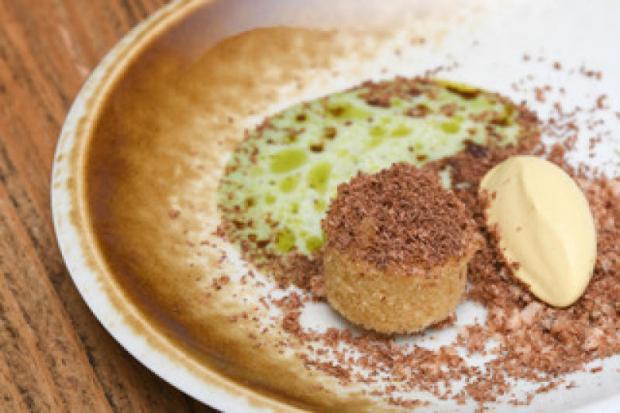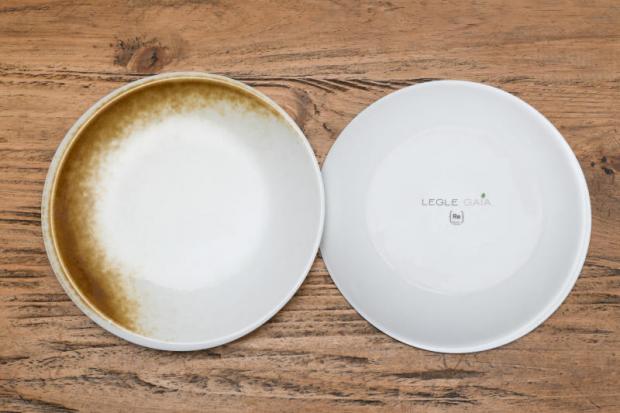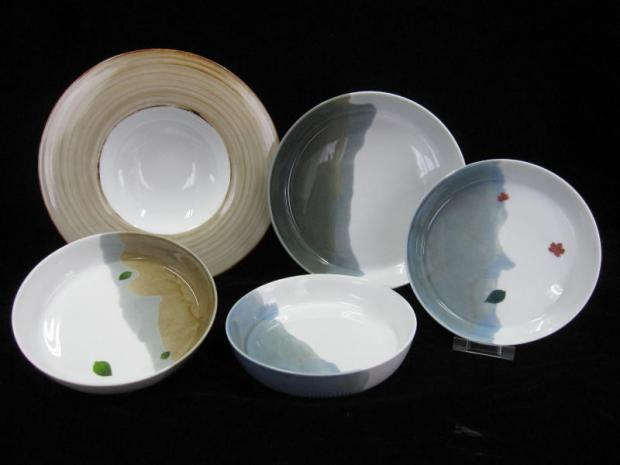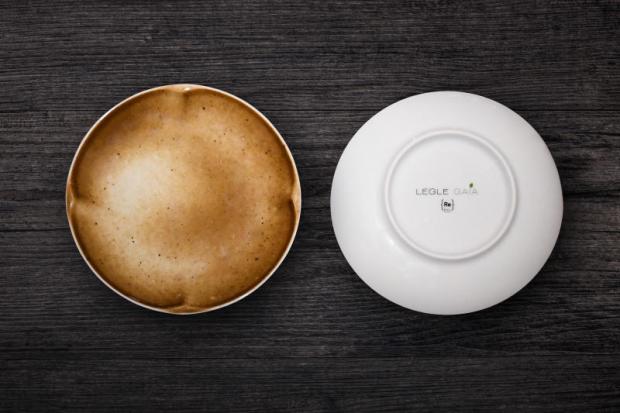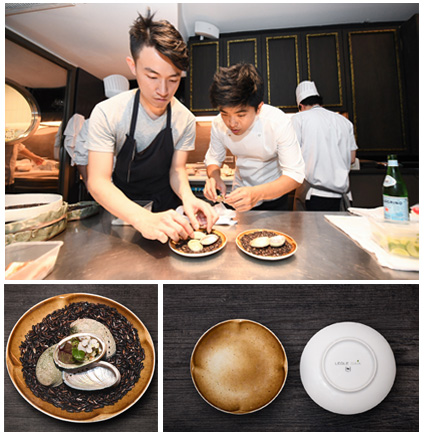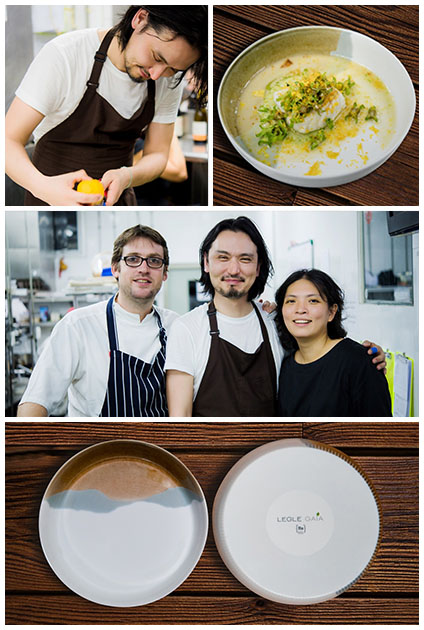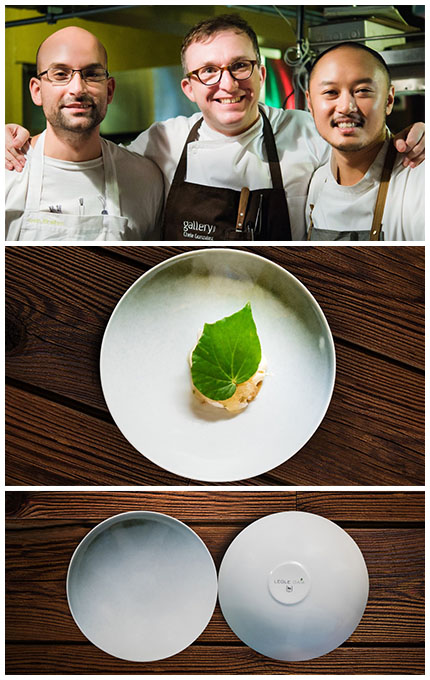Sustainability in the food industry isn’t only limited to produce, restaurant or hotel waste management. It is also down to the cutlery and tableware. To minimise the environmental impact of this surmountable problem, Legle Gaia launched sustainable porcelain tableware at last month’s {Re} Food Forum.
Legle Gaia is a porcelain manufacturing company which nine years ago teamed up with chefs and restaurants in Taiwan, Hong Kong and Shanghai. Its CEO Desmond Chang wanted Legle to cater to the specific needs of chefs.
“A lot of my friends are chefs or sommeliers. Unlike creating the standard items, I asked what their philosophy and cuisine is and how is it presented. I also ask what the plate manufacturer could do to enhance their food,” he says.
Legle Gaia’s tableware is artisanal, hand decorated, each piece being unique and distinct and reinforces the company’s efforts in reducing its environmental impact. It is all about starting a conversation about underrated products, because all porcelain manufactures share the same problem.
Made in Malaysia, 70% of the clay used is indigenous. The rest is imported from France, but the company celebrates the local artisans, who are intent on passing on their skill sets to the younger generation.
As Chang says: “This is a creative way to deal with these non-decomposable ‘undervalued’ creations that would normally end up in landfills. We sell them at 30% of our cost and a portion of the revenue promotes sustainability in Southeast Asia and events like the {Re} Food Forum.”
There is no set formula to creating the sustainable tableware; it is what Legle Gaia produces each month from underrated products. Whatever waste glaze or colour (non-toxic) is in the factory at that moment, is mixed with small decals printed with ink waste to cover iron spots and imperfections to give new life to each hand-decorated piece.
“In a month, we make 12,000 pieces that are random. Eventually we will create a set but usually it’s ‘fresh out of the oven’ as it’s always dictated by whatever we are doing at the time,” says Chang.
“I wouldn’t call Legle Gaia socially conscious, I would describe it more like a pay back to what we are doing. We are consuming energy and raw materials from Mother Earth, we turn some into beautiful products that are in 5-star hotels and Michelin-starred restaurants. But because of the high standards that these establishments need, there are numerous underrated products. We cannot make 100% perfect pieces all the time, so the 20% of the not so perfect pieces, which may not be good enough for three Michelin-starred restaurants or the Mandarin Oriental, are good enough for normal restaurants or the home,” adds Chang.
Legle Gaia’s price range also caters to the home consumer. As Chang puts it: “So people can buy with a purpose. We are facilitating the circle of change. We make our money on the 80% so we are grateful that by making these products we are giving back. I hope to make underrated products hip and cool one day, so that more people will start using them.”
This article is by Nianne-Lynn Hendricks, “Back to Earth: Legle Gaia seeks to lead the porcelain manufacturing industry in reducing its environmental impact”, Bangkok Post, published on the Internet on 10 April 2018.




